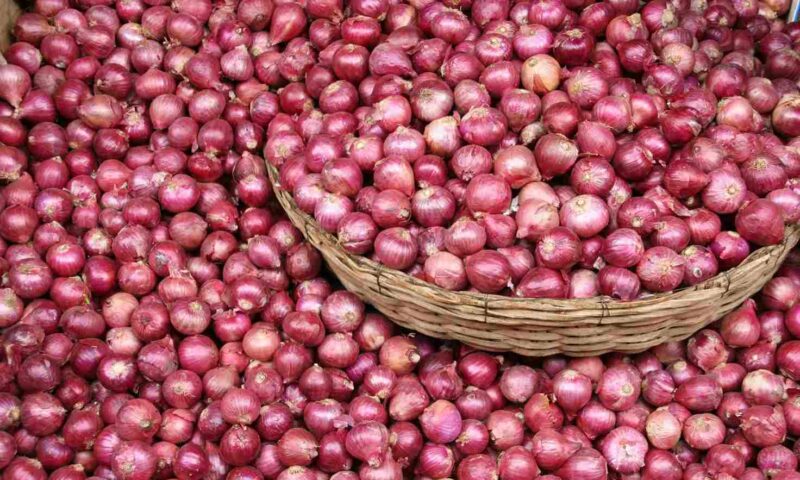By Spy Uganda
Growers need to be adding fertilizer when planting onions, whether from sets or transplanting onion seedlings, and also carrying on a fertilizing regime during the plant’s growing season.
Fertilizers contain three key elements in nitrogen (N), phosphorus (P), and potassium (K) and the packaging will show three plant fertilizer numbers that correspond to the percentage make-up of NPK.
After 3 weeks, the onion needs an application of straight nitrogen (21-0-0) every 2-3 weeks. Nitrogen promotes foliage so continue applying it periodically until bulbing begins.
Onions can be grown either from onion sets or seeds. If you plant onion sets in fall, then an application of a high-nitrogen fertilizer at the start of winter both provides nutrients to grow strong and also helps prevent bolting – where the onion prematurely flowers due to stress.
How To Fertilize Onions
Fertilizing onions is a fairly simple process and you should only apply the fertilizer at the recommended rate that will be listed on the packaging.
Onions prefer granular since they don’t get fed all that well with liquid fertilizer. Sprinkle along the side of the plants and water in. The roots will take up the nutrients. That is the only reason they are there.’
Make a small furrow around 2-3 inches deep between your rows of onions and then work the fertilizer into the soil. Water the furrows well after each application of the fertilizer, taking care not to wet the growing foliage when watering the plants.
If you are growing onions in containers, make the furrow through the center of your plants or around the outer edge of the pot or planter.
All watering and fertilizing of onions should stop once the bulbs have swollen, which will be around mid-summer. Signs that the bulbs have stopped growing include the leaves starting to turn yellow and the neck starting to feel soft. This should be around four weeks before they are ready for harvest.
It is vital to stop watering and feeding the plants by mid-summer as continuing to do so will impair their storage ability.
If you are thinking of storing onions, then getting the longest lifespan for your crops is important. Stopping fertilizing onions and watering the crops is a vital cog in ensuring your harvest will keep for as long as possible.
Vegetable growers can now get specific onion fertilizers from retailers that are slow-release and designed to give you tasty and bigger onions. Balanced granular fertilizers will come in ratios such as 10-10-10 or 12-12-12, as well as the 10-20-10.
Nitrogen-rich fertilizers are commonly available and can include the likes of ammonium sulfate, calcium nitrate, or feather meal. A good example is the Hi-yield Ammonium Sulfate fertilizer.
If you are growing your onions to organic principles, then digging in plenty of well-rotted manure or compost before planting is vital. You can also use organic fertilizers, such as blood meal and bone meal granular fertilizers.
While the onion is growing, consider mulching around the plants with compost, grass clippings, well-rotted manure, or straw to add extra nutrients as it decomposes. Mulch after planting the crop, however if you transplant onions seedlings wait for them to get larger before mulching to make sure you do not smother the small plants.





